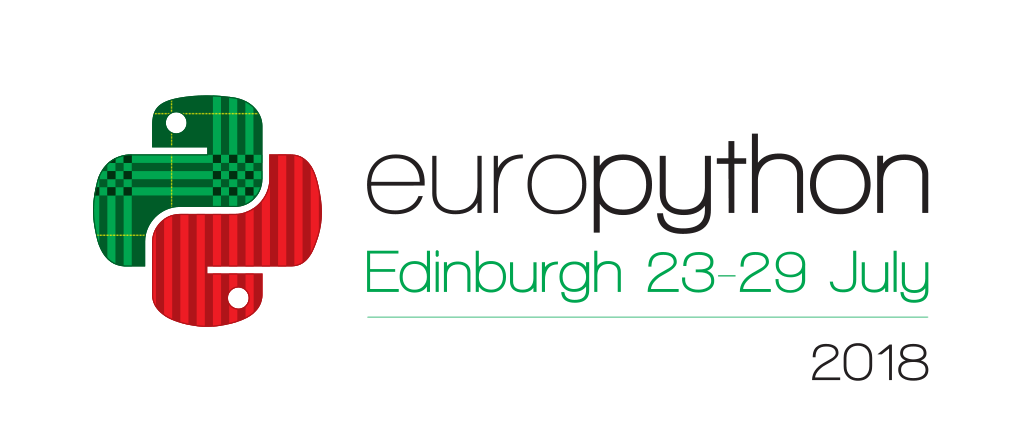Iteration Inside Out - Python's Iteration Protocol
Using for loops and list comprehensions in Python is basic and quite common, right? But how does iteration in Python actually work “under the hood”? The words “iterator” and “iterable” each occur over 500 times in the Python documentation, but what does an iterator actually do, as opposed to an iterable? And how do they do it? Learn the details as we turn the iteration protocol inside out, with live coded demonstrations along the way.
This talk will start from the way Python iterates of over a sequence, in comparison with iterating by index, like C. The key point of iterating over a sequence is that something needs to track which item in the sequence is next, which is something that Python’s iteration protocol manages.
The iterable section will demonstrate creating a simple object that returns items by index (e.g., a fibonacci series), showing that getitem is really all you need for an iterable, since an iterator is created for such objects when iterated upon. BUT, this doesn’t answer the question of how Python keeps track of which item is next.
The iterator section answers that question by converting the iterable just created to an iterator - adding iter and next methods and showing how the iterator saves state and essentially drives the iteration protocol.
Having an accurate understanding of iteration protocol will help developing Pythonistas reason better about both iterating over existing objects and creating their own iterables and iterators.
